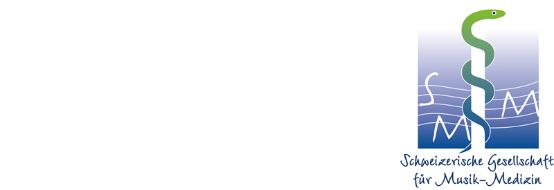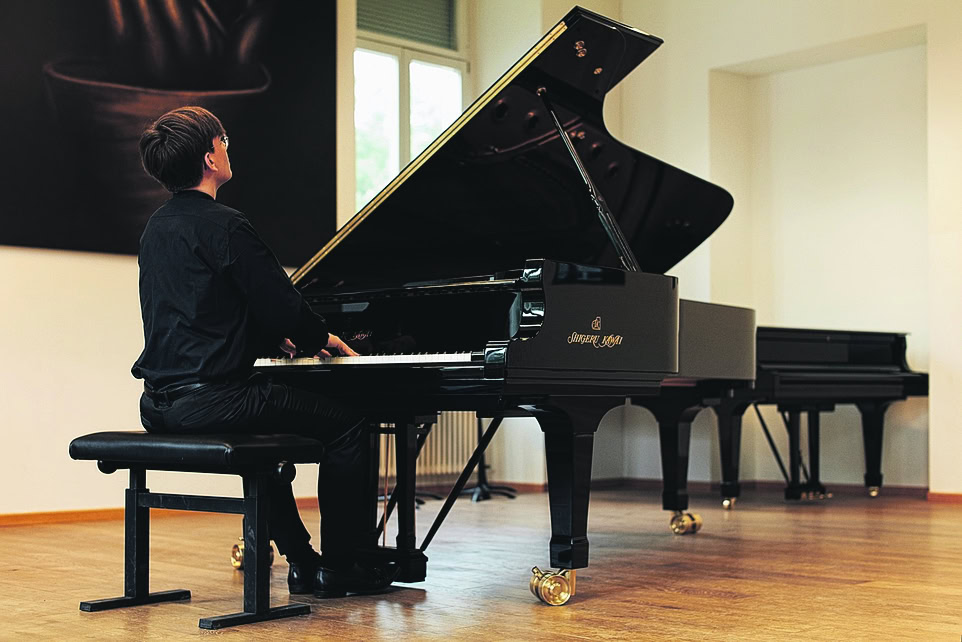Objective comparison of playing hands
The Zürcher Zentrum Musikerhand ZZM supports the individual development of instrumental playing with its hand laboratory.

The scientifically based examination of the musician's hand helps to optimize the interface between hand and instrument. This can be important in the prevention of playing-related health complaints and in questions of performance optimization with regard to movement sequences on the instrument. To this end, Christoph Wagner developed a method for the systematic examination of the musician's hand at the Max Planck Institute for Occupational Physiology in 1964: the Biomechanical Hand Measurement (BHM). The BHM was then used in research and teaching at the Institute of Music Physiology at HMTM Hannover and was transferred to the Department of Music Physiology/Music and Preventive Medicine at ZHdK in 2009, together with all the equipment and databases. The newly founded ZZM is part of the ZHdK's research focus on musical interpretation.
The BHM comprises up to 100 instrument-specific hand characteristics. It records the musician's hand according to playing-relevant categories such as hand shape and size, active mobility, passive mobility and strength. Passive mobility as an indicator of the ease of playing movements can only be recorded in a differentiated manner using the laboratory's specialized measuring instruments. The digital evaluation of the measurements leads to their graphical representation, the hand profile. This shows the individual values of the hand in comparison to the data of professional musicians in the corresponding instrument group, i.e. the relative advantages or limitations of the individual hand. From this, practical consequences for practicing, training, playing technique and choice of literature, ergonomic solutions and so on can be derived. The unique instruments and the comparative possibilities with instrument-specific data from more than 50 years make the BHM a unique scientific procedure to this day.
... to the practice
The interdisciplinary musician's consultation hour, which is accessible at the music academies, records a particular accumulation of pain and tension in the area of the upper extremities during the several hundred consultation hours per year. In this initially laboratory-independent context, a form of examination derived from the BHM is also suitable for use in music education: The Pragmatic Hand Evaluation according to Christoph Wagner (PHE). This provides an overview of 25 individual hand characteristics. The hand laboratory can then be used for more detailed clarifications.
At the music academies in Zurich, Basel and Stuttgart as well as at the Vorarlberg State Conservatory, the objective assessment of hand characteristics is regularly referred to in seminars and further training courses in music education. The individual requirements of the upper extremities are also increasingly being taken into account in music medicine consultations. Ongoing basic research complements the activity profile of the ZZM. This also contributes to the training of musicians at all levels, as has long been a matter of course in sport in the context of performance diagnostics and prevention.








